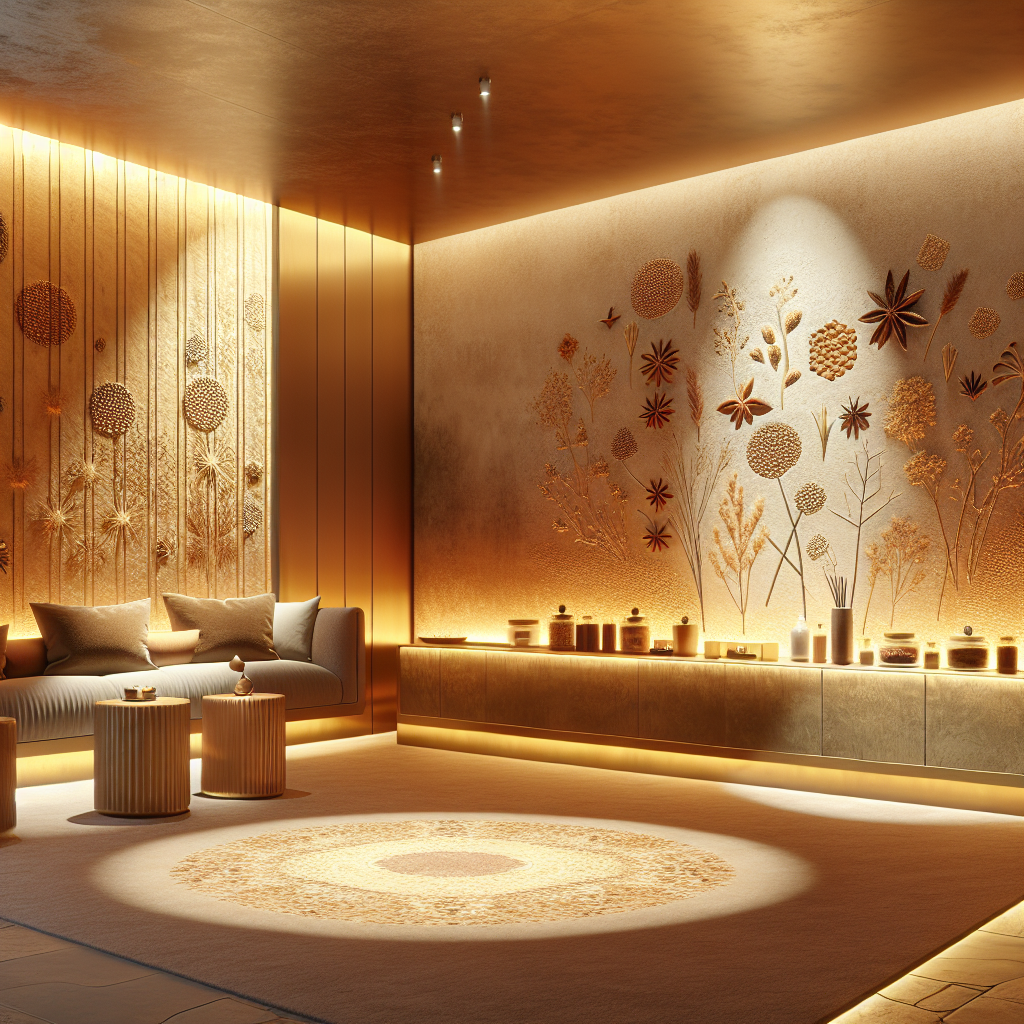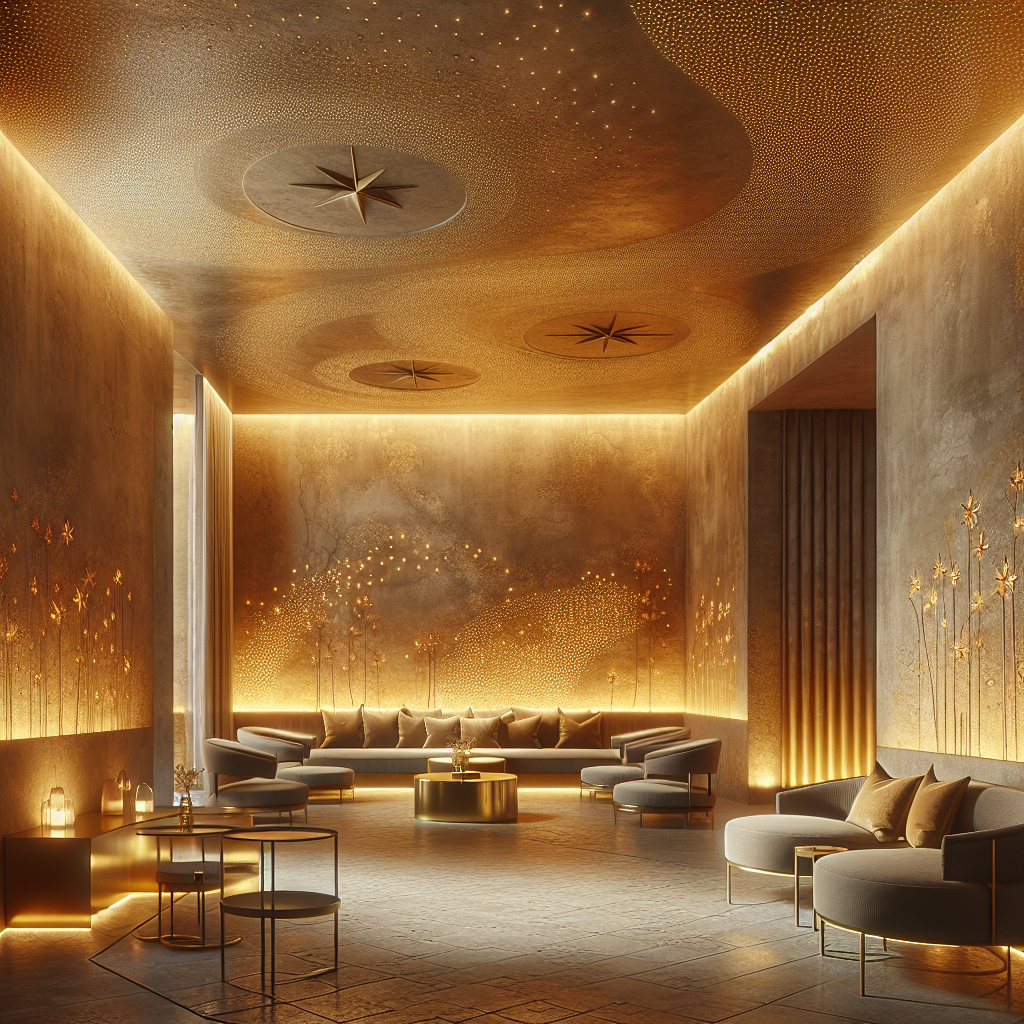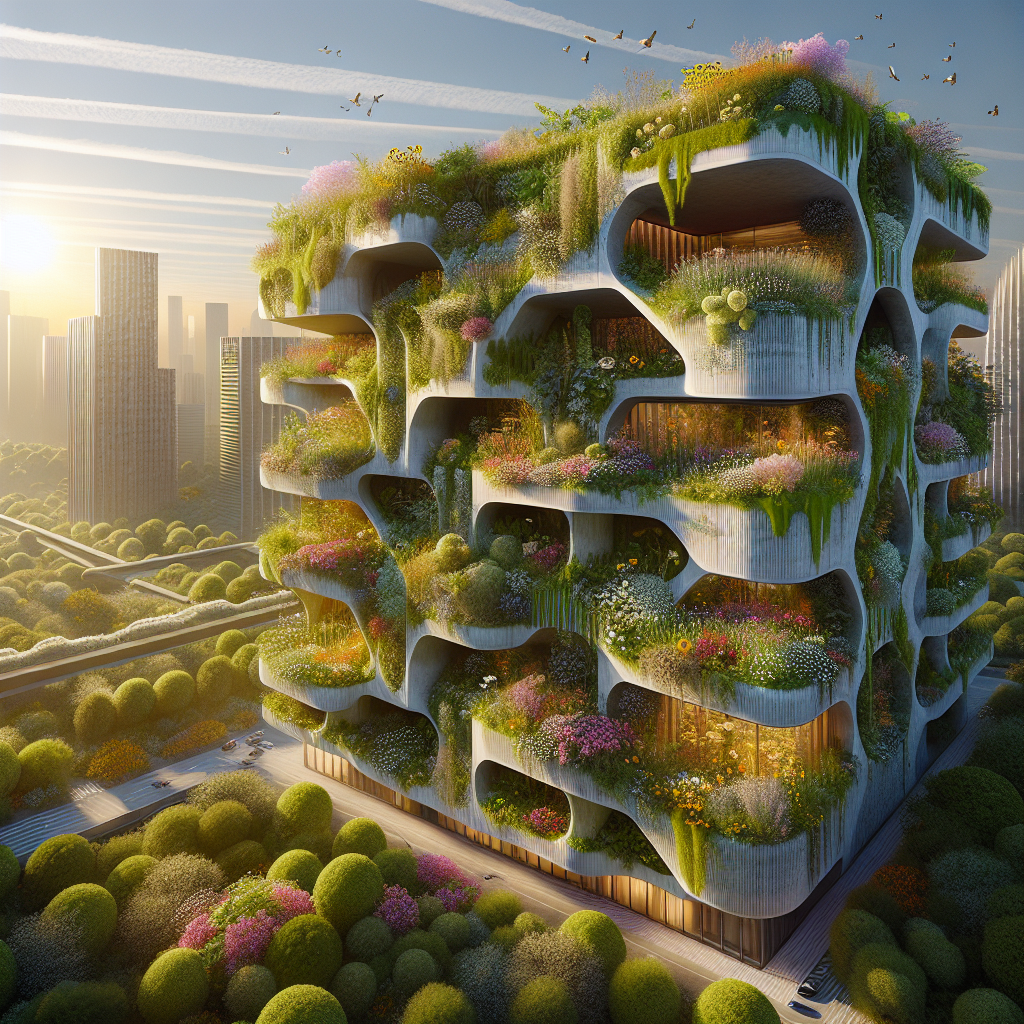Scented plaster walls: spice-infused architecture for subtle fragrance

Scented Plaster Walls: Spice-Infused Architecture for Subtle Fragrance
Architecture has always been a multisensory discipline, but for centuries, its focus has been dominated by the visual and tactile. In recent years, a growing movement has begun to explore how scent in architecture can enrich spatial experience, adding a layer of atmosphere that is as powerful as light, texture, or sound. Among the most intriguing innovations in this field is the development of scented plaster walls—a design approach that integrates natural spices and aromatic compounds directly into building materials. The result is an architecture that doesn’t just shelter or inspire visually, but also envelops its inhabitants in a subtle, curated fragrance.
The Rise of Scented Architecture
The idea of olfactory design is not entirely new. Ancient civilizations infused their temples and palaces with resins, incense, and herbs, creating immersive environments where scent was as important as ornament. In medieval Islamic architecture, courtyards often featured aromatic gardens, while in Baroque Europe, perfumed fountains and plasterwork scented with lavender or clove were occasionally used to mask urban odors. Today, as designers embrace biophilic design and multisensory spaces, the integration of fragrance into walls represents a natural evolution of this tradition.
Unlike candles, diffusers, or sprays, scented plaster walls offer a long-lasting, passive, and sustainable method of fragrance diffusion. By embedding natural spices—such as cinnamon, cardamom, or star anise—into lime or gypsum plasters, architects can create surfaces that slowly release their aroma over time, subtly shifting with humidity, temperature, and air circulation.
Material Innovation: How Scented Plaster Works
The science behind scented plaster is deceptively simple yet technically refined. Porous materials like lime plaster naturally absorb and release volatile organic compounds. When powdered spices or essential oils are blended into the plaster mix, they become part of the wall’s molecular structure. Over time, the surface acts as a slow-release diffuser, exhaling fragrance in response to environmental changes.
Recent research in building materials has shown that microencapsulation—where aromatic oils are trapped in biodegradable capsules—can extend the longevity of fragrance release for years. This technique is already used in textiles and paints, and its adaptation to architecture signals a new frontier in sensory design.
Applications in Contemporary Architecture
Imagine stepping into a boutique hotel lobby where the walls themselves exude a gentle warmth of nutmeg and cedar, or a meditation room where the plaster breathes hints of chamomile and sandalwood. The potential applications are vast:
- Hospitality: Hotels and spas can use scented plaster to create signature atmospheres without artificial diffusers.
- Residential: Homes can be personalized with walls infused with calming lavender in bedrooms or invigorating citrus in kitchens.
- Cultural Spaces: Museums and galleries can use scent to deepen storytelling, connecting visitors emotionally to exhibits.
- Retail: Flagship stores can extend brand identity through olfactory architecture, creating memorable customer experiences.
In Paris, a recent boutique renovation experimented with saffron-infused plaster in its stairwell, producing a faint golden aroma that complemented the warm tones of the interior. In Tokyo, a wellness center incorporated yuzu peel into its wall finishes, offering a seasonal fragrance that shifts subtly with the climate.
Designing with the Nose in Mind
Integrating fragrance into architecture requires a new design vocabulary. Just as lighting designers balance intensity, color temperature, and diffusion, architects must consider the intensity, persistence, and harmony of scents. Too strong, and the fragrance overwhelms; too faint, and it becomes imperceptible. The art lies in crafting a background aroma that enhances, rather than dominates, the space.
Moreover, scent is deeply cultural. A fragrance that evokes comfort in one region may feel alien in another. Cinnamon, for instance, is associated with festive warmth in Europe but with medicinal qualities in parts of Asia. Architects working with scented plaster must therefore engage in a form of sensory ethnography, understanding the cultural associations of their chosen spices.
Sustainability and Well-Being
Beyond aesthetics, scented plaster walls align with the growing emphasis on sustainable architecture. Unlike synthetic air fresheners, spice-infused plasters rely on natural, biodegradable ingredients. Many of these spices also have antimicrobial properties: clove and cinnamon, for example, are known to inhibit bacterial growth, offering potential health benefits in addition to fragrance.
This approach dovetails with the wellness movement in architecture, where indoor air quality and sensory comfort are prioritized. Studies have shown that certain scents can reduce stress, improve focus, and even lower blood pressure. By embedding these aromas into the very fabric of buildings, designers can create environments that actively support human well-being.
Challenges and Future Directions
Despite its promise, scented plaster is not without challenges. The longevity of fragrance remains a key concern, as natural aromas inevitably fade over time. Maintenance and reactivation methods—such as applying essential oil washes to refresh walls—are being explored. There are also questions of scalability: while boutique projects can experiment with saffron or cardamom, large-scale applications may require more accessible and affordable aromatic sources.
Yet the potential is undeniable. As virtual reality in architecture expands the visual imagination of design, scented plaster grounds us in the physical, multisensory world. It represents a quiet but radical shift: architecture that does not just frame our lives visually, but also resonates with our most primal sense—smell.
A New Layer of Atmosphere
In the end, scented plaster walls are less about novelty than about rediscovering architecture’s ancient role as a total sensory environment. They remind us that buildings are not static objects but living atmospheres, capable of engaging memory, emotion, and identity. As designers continue to explore this frontier, the walls around us may soon whisper not only with texture and light, but with the faint, lingering trace of spice.
Architecture has always been about shaping experience. With scented plaster, it now has the power to shape the air itself.
For more explorations of sensory and material innovation in design, see our features on ancient desert architecture and green roofs, both of which highlight how tradition and innovation converge in shaping tomorrow’s built environments.








